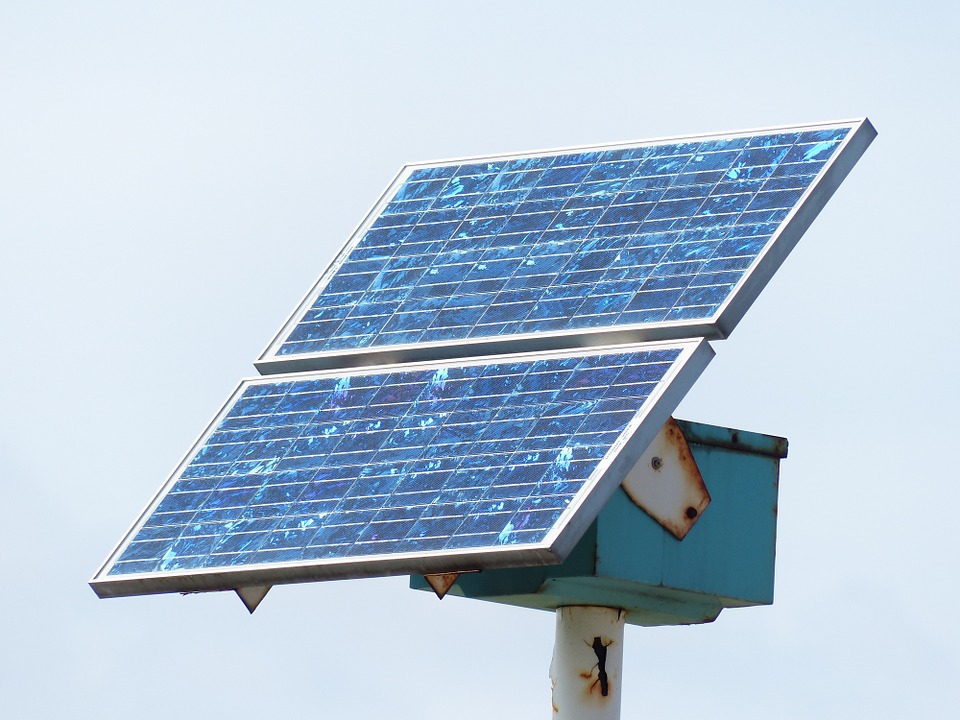The first array deployed without incident and the second array deployed about 80 before astronauts noticed a 76 centimetre 2 5 ft tear.
Probability of solar panels being damaged iss.
The iss electrical system uses solar cells to directly convert sunlight to electricity large numbers of cells are assembled in arrays to produce high power.
Depending on the strength of the electromagnetic pulse emp most solar panels would likely not be affected.
The reliability and lifespan of solar panels is excellent according to a recent study by the energy department.
Although solar panels have come a long way the technology of these free energy generators is constantly improving and while solar panels are meant to withstand most climates and are built to last up to 20 years they re still not immune to damage especially since they re made from outward facing glass.
That means the older panels are about 2 3 cooked.
On 30 october 2007 during expedition 16 and flight day 7 of sts 120 s visit to iss following the repositioning of the p6 truss segment iss and space shuttle discovery crew members began the deployment of the two solar arrays on the truss.
There is no evidence for a real damage in the pv module.
The electrical system of the international space station is a critical resource for the international space station iss because it allows the crew to live comfortably to safely operate the station and to perform scientific experiments.
However the larger the solar array is the more likely that there will be damage to the supporting equipment including the wiring charge controller and inverter.
They found that every year only 5 out of 10 000 panels failed of those placed between 2000 and 2015 failed.
The silicon used to make the black panels have a very high purity although the alignment of the silicon is similar to that present in a polycrystalline.
Since the t test value for a diagonal crack affecting 1 or 2 solar cells is less than 99 of the confidence interval threshold 2 58 the output power performance for the pv module is statistically not significant.
Due to the lower cost of polycrystalline solar panel production about 90 of the solar panels on the market today are polycrystalline.
There are several cases where solar panel systems came out almost completely damage free after huge hurricanes like hurricane harvey and irma as well as other severe storms including a hail storm in the denver area that only damaged one out of 3 000 solar panels.
















































